How Are Flip-Flow Screens Used
Flip Flop Screen
What Are Flip-Flow Screens?
Flip-flow screens, also known as flip flop or elastic mesh screens, are machines
designed to efficiently screen sticky, wet, and other difficult materials. Flip-flow
screens are used in a number of industries to separate everything from aggregate
and minerals to inhomogeneous recyclables, construction waste, and biomass.
Because of their unique design they provide operators a number of benefits.
We’ll highlight additional details about flip flop screen design, usage,
and benefits below.
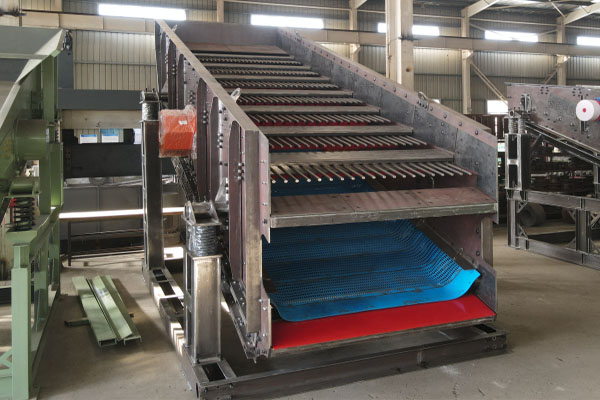
Flip-Flow Screen Design & Working Principle
Vibrating flip-flow screens are increasingly employed in materials screening and
preparation applications. This is due in large part to their high efficiency. In principle,
a flip-flow screen is a subclass of other high frequency vibratory screens.
Flip-flow screens work through the combination of a double vibration principle and
a flexible polyurethane-type screen media. The dual-vibratory forces work to apply
linear acceleration to the materials traveling across the screen. Vibrations are
simultaneously applied to the elastic screen, which rapidly stretches and relaxes.
The stretching and relaxing of the screen transfers energy to the material,
causing it to “jump” or “pop”. This secondary vibration, in turn,
enhances the separation of materials.
The equipment has two vibrating masses, one of which is an elastic screen and the
other is a counterweight. The material is thrown through the relaxation and tension
movement of the elastic screen on the inclined screen box. When working, the
screens are pulled alternately. Tight and slack, make the material produce forward
bounce movement, and fly at different speeds, produce collision separation, pass through
the sieve holes, and achieve the purpose of sorting.
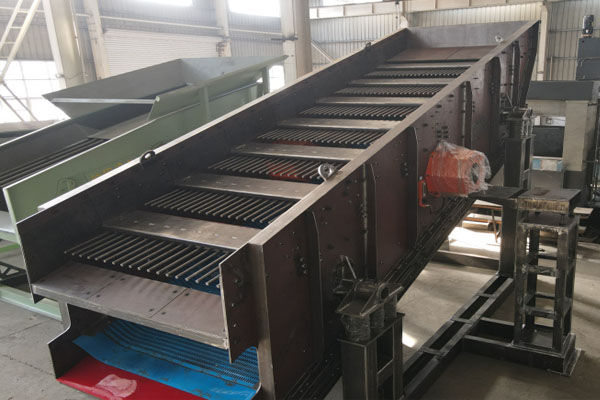
How Are Flip-Flow Screens Used?
You can find this screening equipment used across a large number of industries.
They’re most often used to screen difficult materials used in the manufacturing process
for everything from sand, concrete, and compost.
However, flip flop screens are also used in municipal solid waste processing.
parameter sheet :
Nominal Aperture Size (mm) of Screening Elements | Stroke (mm) | Speed (rpm) | G Index (target) Loaded | |
| Scalping | >75 | 12.0 - 10.5 | 750 - 800 | 3.8 |
| Ballast | 75 to 32 | 10.0 - 8.5 | 850 - 900 | 4.0 |
| Aggregates | 25.4 to 6.7 | 9.0 - 8.0 | 900 - 950 | 4.1 |
Fines Separation | <6.7 | 8.0 - 7.0 | 950 - 1000 | 4.0 |
-
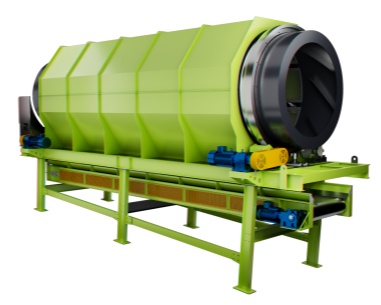 Trommel screenTrommel screen, also known as drum screens, are widely used in various industries for sorting and separating materials.Get Quote
Trommel screenTrommel screen, also known as drum screens, are widely used in various industries for sorting and separating materials.Get Quote -
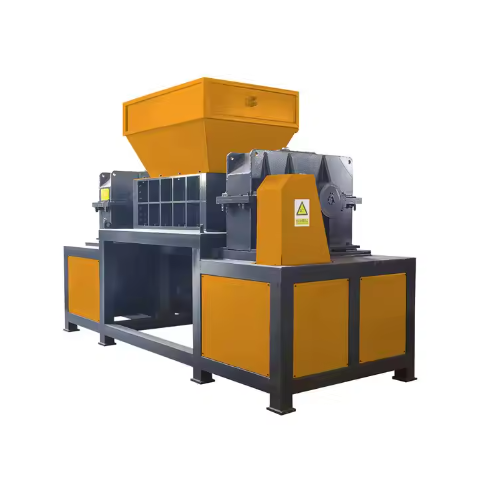 Crop straw double shaft shreddApplications:Biomass Energy Production: Shredded straw can be used as a feedstock for bioenergy plants to produce electricity or heat.Livestock Feed: Reduced-si...Get Quote
Crop straw double shaft shreddApplications:Biomass Energy Production: Shredded straw can be used as a feedstock for bioenergy plants to produce electricity or heat.Livestock Feed: Reduced-si...Get Quote -
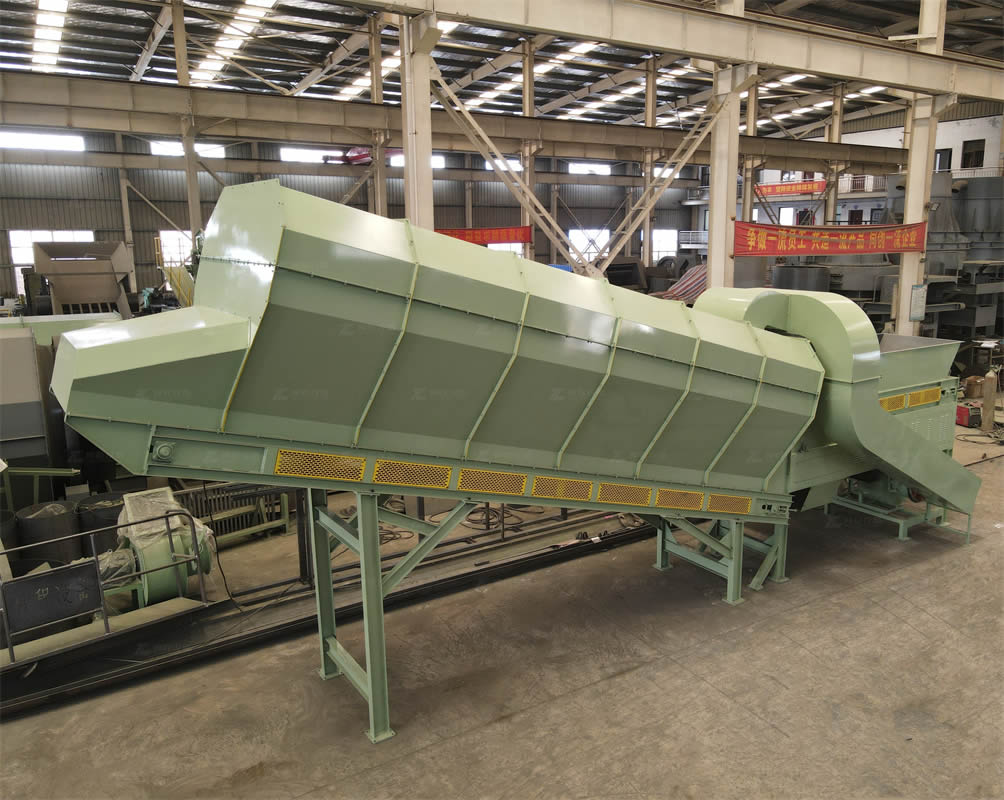 Zhongcheng Air Drum SeparatorAir drum separators effectively separate lightweight materials (e.g., plastics, paper) from heavier materials (e.g., metals, glass). This high efficiency is cru...Get Quote
Zhongcheng Air Drum SeparatorAir drum separators effectively separate lightweight materials (e.g., plastics, paper) from heavier materials (e.g., metals, glass). This high efficiency is cru...Get Quote
-
2024-06-07Zhongcheng Air Drum Separator in MSWAir drum separators effectively separate lightweight materials (e.g., plastics, paper) from heavier materials (e.g., metals, glass). This high efficiency is cru...
-
2024-08-07Tire double shaft shredderOperation:Feeding: Whole or pre-cut tires are fed into the shredder through an inlet hopper.Shredding: As the tires enter the shredding chamber, the rotating cu...
-
2024-08-12The Advantages of Horizontal Baling TechnologyA horizontal baler, also known as a horizontal baling machine, is a piece of equipment used for compressing materials and wrapping them into bales. This process...
-
2024-07-12Crush to Create: The Ultimate Eco-Friendly Plastic Shredder RevolutionThe working principle of a plastic shredder is mainly to tear large plastic materials into small pieces or fragments through mechanical force, in order to facil...
-
2023-01-12Impact CrusherImpact crusher is a type of machine designed to reduce large rocks, ores, and other hard materials into smaller, more manageable pieces. This equipment is widel...



